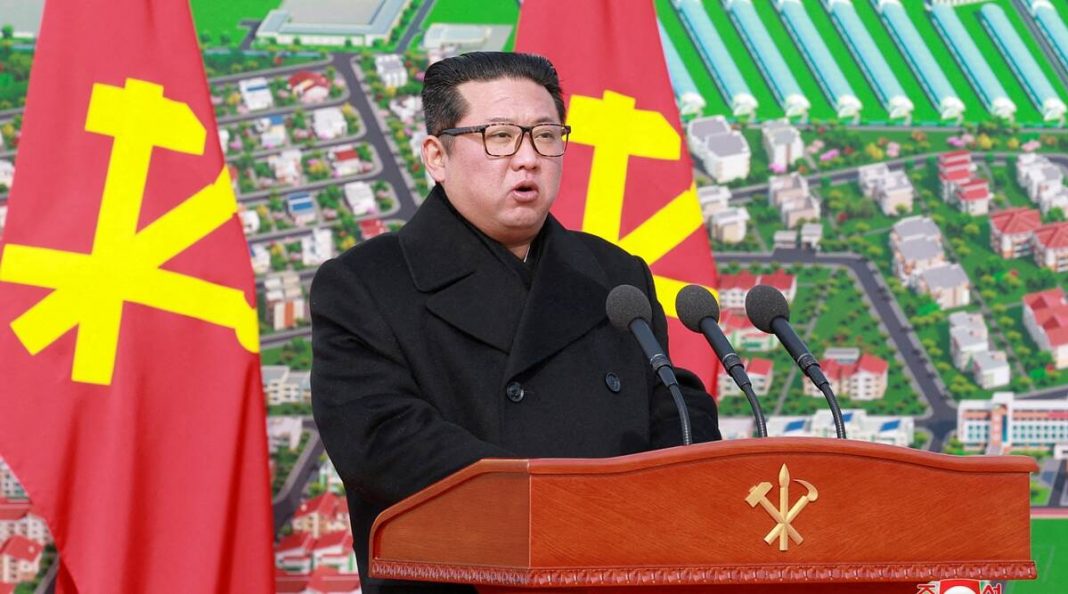North Korea fired its first intercontinental ballistic missile since 2017, raising tensions with the Biden administration at a time when the world is gripped by the tragedy caused by the crisis in Ukraine. North Korea’s first intercontinental ballistic missile was launched in 2017.
According to Japan’s deputy defence minister, Makoto Oniki, the missile flew at an extraordinarily steep angle and covered a distance of 683 miles before crashing into seas west of the country 71 minutes after taking off. According to authorities, the missile flew at a height of 3,728 miles above sea level.
According to South Korean authorities, the data indicated that the missile fired on Thursday was more powerful than the Hwasong-15, which was the most recent intercontinental ballistic missile North Korea tested. The Hwasong-15 completed a 53-minute flight in its last and only test flight, which took place in November 2017. After completing a distance of 596 miles and reaching a height of 2,796 miles, the plane arrived at its destination.
Mr. Oniki and South Korean military authorities both referred to the missile fired on Thursday as a “new intercontinental ballistic missile.” Prior to the launch on Thursday, the United States and South Korea had expressed concern that North Korea would conduct a satellite launch to test its new Hwasong-17 intercontinental ballistic missile. The Hwasong-17 intercontinental ballistic missile, North Korea’s biggest known ICBM, was originally revealed at a military parade in October 2020, although it has never been tested as of Thursday.
The launch on Thursday was North Korea’s most provocative weapons test in years, and it marked the end of the country’s self-imposed moratorium on nuclear and intercontinental ballistic missile tests, which was announced before the country’s leader, Kim Jong-un, began negotiations with President Donald J. Trump in 2018.
North Korea conducted its most recent intercontinental ballistic missile test in November 2017, after which it said that its nuclear-tipped ICBM was capable of striking any region of the continental United States. Earlier in the year, it conducted its sixth underground nuclear test, in which it detonated what it claimed a thermonuclear weapon. The North Korean leader, Kim Jong Un, has threatened to increase the number and kind of nuclear missiles he builds after his dialogue with President Donald Trump ended in 2019 without an agreement on lifting sanctions or dismantling the North’s nuclear weapons.

